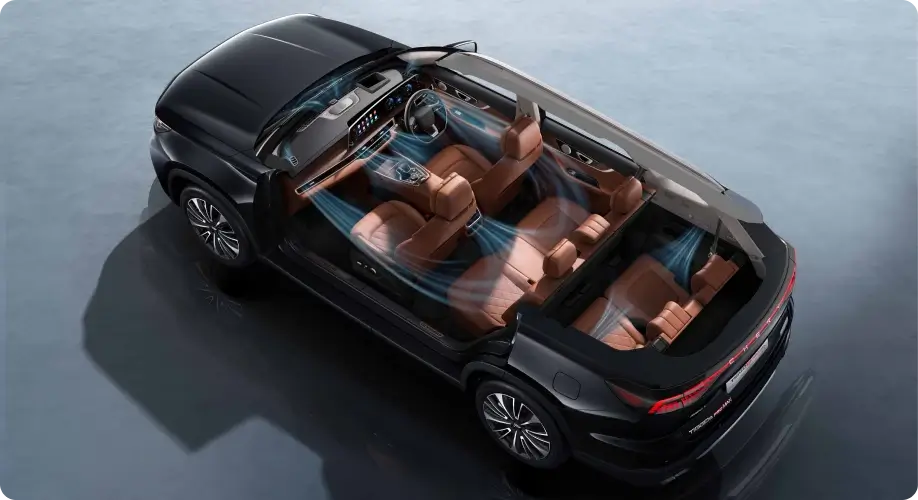
Comfortable 7-Seater SUV Choices for Families, Check Out the Features
Ever felt that family trips become less enjoyable because the cabin feels cramped or the car’s features seem outdated? Many family cars do offer enough passenger capacity, but often sacrifice comfort, performance, or technology. This is where 7-seater SUVs emerge as the ideal solution.
These vehicles combine spacious interiors, advanced features, and bold styling in one complete package. For those seeking a versatile family car that’s ready for all conditions, this type of SUV is definitely worth considering.
In this article, we’ll review the Chery 7-seater SUV lineup, ranging from conventional turbo engine variants to the latest efficient hybrid models. All are designed to meet the needs of modern families without compromising performance, style, or comfort.
1. Chery TIGGO 8
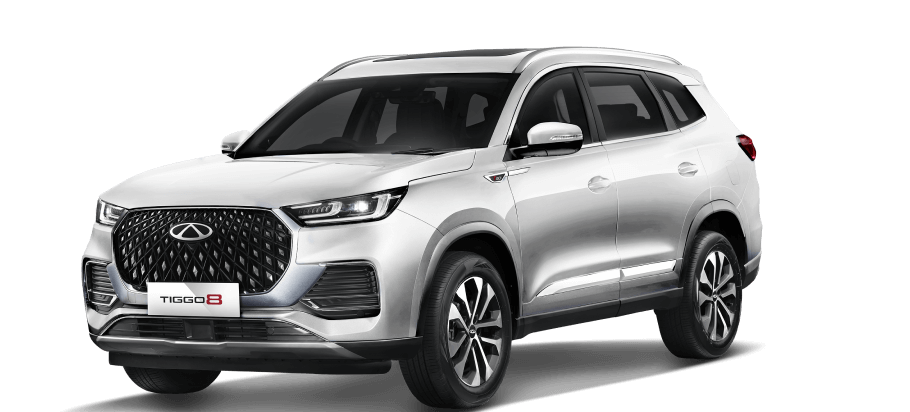
Chery TIGGO 8 is a 7-seater SUV designed to deliver a premium impression at first glance while providing comfort and technology for daily commutes or family vacations. With an efficient turbo engine and spacious cabin, this car is ready to be your reliable companion.
Features:
- 1.6L TGDI engine with 186 HP and 290 Nm torque, responsive for various conditions.
- Equipped with 9 ADAS features and 6 airbags for optimal safety.
- 360° HD camera and Intelligent Voice Assist for driving convenience.
- 7-seater interior with first-class cabin and premium leather seats.
- Dual Zone AC up to the third row, plus a panoramic sunroof for extra comfort.
- Sporty design with Galaxy-style grille and 18-inch dual exhaust chrome wheels.
- Available in elegant colors: Black Platinum, Blue Sapphire, Grey Morganite, and White Howlite.
- Price starts at Rp400,000,000 OTR Jakarta (Premium variant).
2. Chery TIGGO 8 Pro
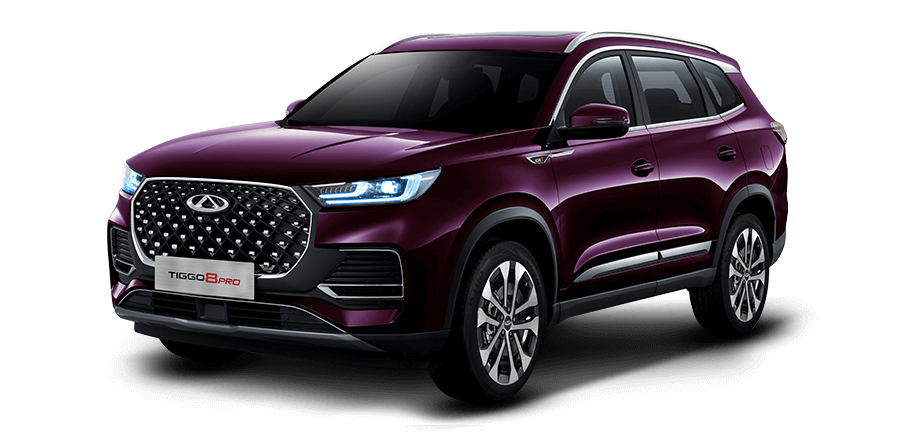
Chery TIGGO 8 Pro is a premium 7-seater SUV that combines high power, elegant comfort, and advanced technology features in one vehicle. Perfect for established families seeking a classy car with strong performance and complete features.
Features:
- 2.0L TGDI engine with 250 HP and 390 Nm torque, responsive in all conditions.
- T1X platform and Dual Mode EPS for driving comfort and efficiency.
- Equipped with ADAS features including BSD and Lane Change Assist.
- Intelligent Voice Assistant activated with “Hello Chery”.
- Automatic electric tailgate and customizable driving modes.
- Luxurious interior with 7 premium seats, panoramic sunroof, and dual zone AC.
- Comes with a mini fridge in the armrest and wireless charging reminder.
- Sony audio system with 8 speakers and LCD Control Panel.
- Stylish look with 18-inch two-tone wheels and dual sporty exhausts.
- Price starts at Rp528,500,000 OTR Jakarta (Luxury variant).
3. Chery TIGGO 8 Pro Max
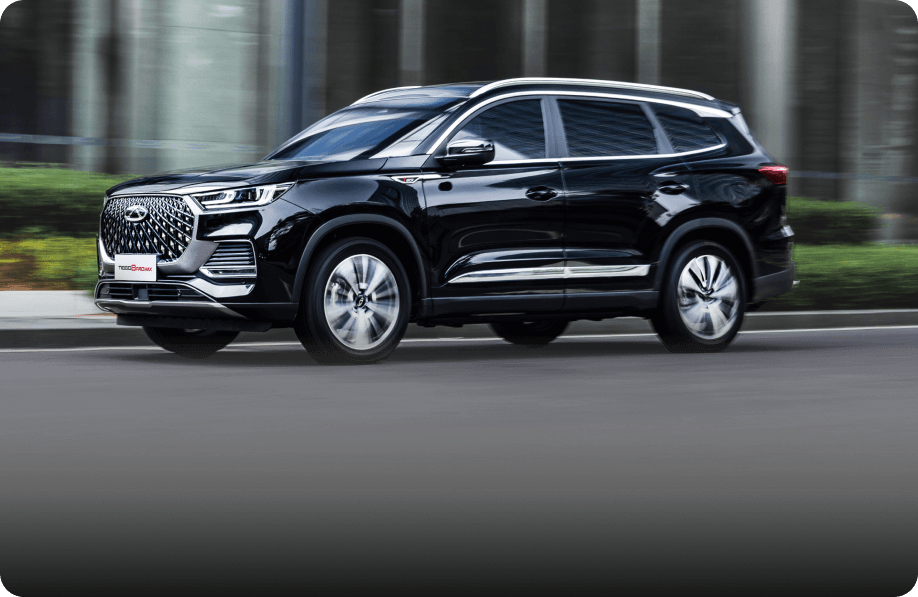
Chery TIGGO 8 Pro Max is Chery’s flagship SUV that delivers a blend of raw power, smart technology, and premium comfort. Designed for users who desire a top-class driving experience in every journey.
Features:
- 2.0 TGDI engine with 254 HP and 390 Nm torque, ready for all terrains.
- Smooth 7 DCT transmission with Electronic Shifter for a modern driving feel.
- Equipped with 12 ADAS and 540° camera for comprehensive active safety.
- Advanced safety features including ACC, AEB, BSD, LDW, HAC, and HDC.
- Luxurious interior with ventilated seats, cooling storage armrest, and colored ambient lighting.
- 24.6-inch curved screen and 12.3-inch digital panel with futuristic design.
- 50W wireless charger, intelligent voice assistant, and advanced infotainment system.
- Elegant look with 19-inch wheels, fashion welcome light, and electric sunroof.
- AWD variant comes with skylight ambient light and 10 airbags.
- Price starts at Rp568,500,000 (FWD) and Rp628,500,000 (AWD) OTR Jakarta.
4. Chery TIGGO 8 CSH
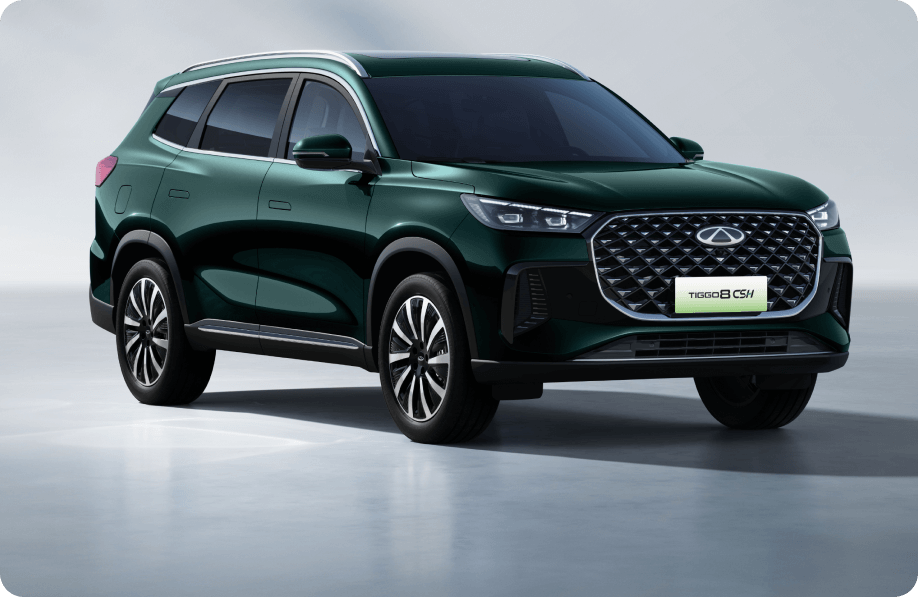
Chery TIGGO 8 CSH is the latest 7-seater hybrid SUV combining fuel efficiency, high power, and advanced technology. Featuring Chery Super Hybrid technology, this car is designed for eco-conscious users without compromising performance and comfort.
Features:
- Powerful performance from 1.5L turbo hybrid engine, producing 204 PS and 310 Nm torque.
- Can travel up to 90 km in electric-only mode, ideal for daily emission-free mobility.
- Total hybrid range exceeds 1,300 km, suitable for intercity trips.
- Equipped with 540° HD camera for easier parking and maneuvering.
- Advanced safety system with 14 ADAS and 10 airbags.
- Premium entertainment from 12 speakers, including headrest speakers.
- Convenient 50W fast wireless charging.
- Available in attractive colors such as Green Aurora and Black Carbon Crystal.
- Promotional price Rp499,000,000 for the first 1,000 buyers.
Is a 7-Seater SUV Suitable for Long Trips?
7-seater SUVs are perfect for long trips because they provide a spacious cabin and comfort for all passengers. In addition, large luggage capacity and complete safety features make traveling safer and more enjoyable.
With various models available, Chery proves its commitment to delivering 7-seater SUVs that are not only family-friendly but also excel in performance and technology. From turbo-powered variants to efficient hybrids, each model offers advantages that suit your lifestyle and needs. If you’re looking for a family car that’s spacious, safe, and stylish, the Chery TIGGO 8 Series lineup deserves to be at the top of your list.
Visit the nearest official dealer or check the official website to explore the top features and exciting promotions available. It’s time to switch to a family SUV that truly understands your needs.
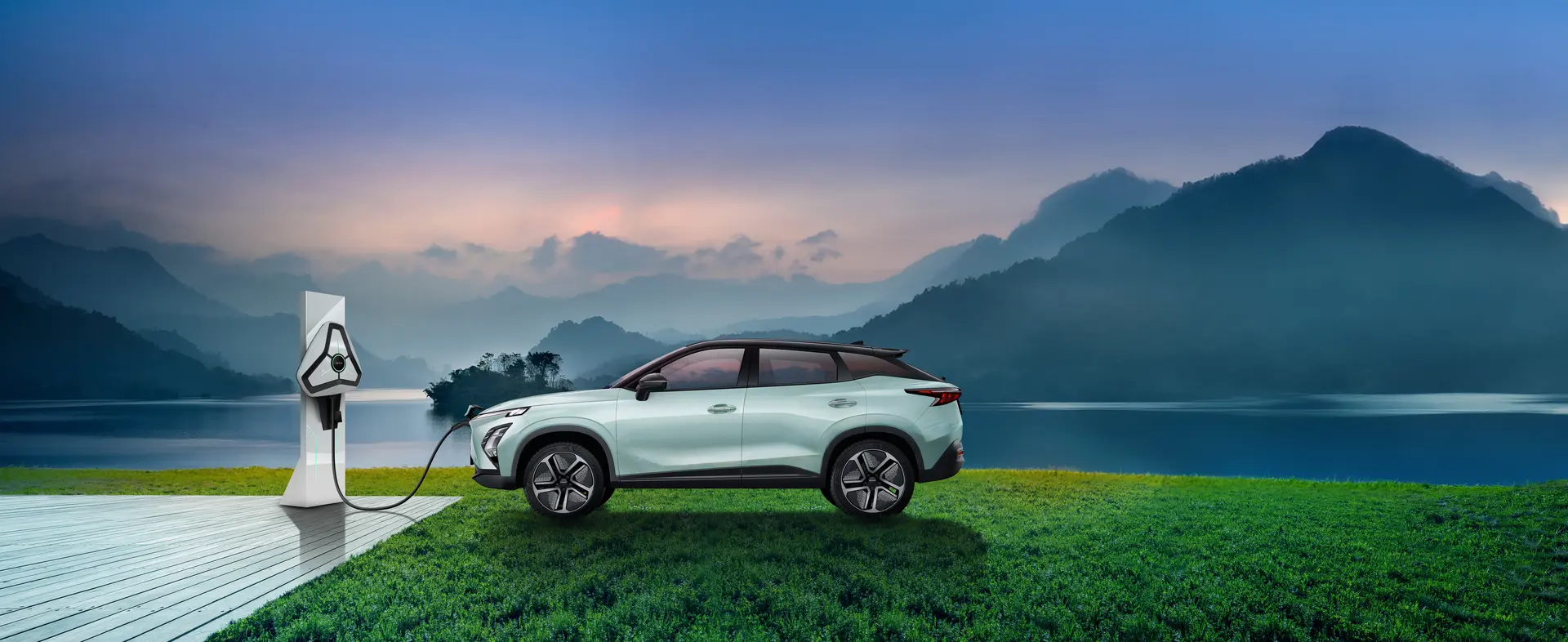




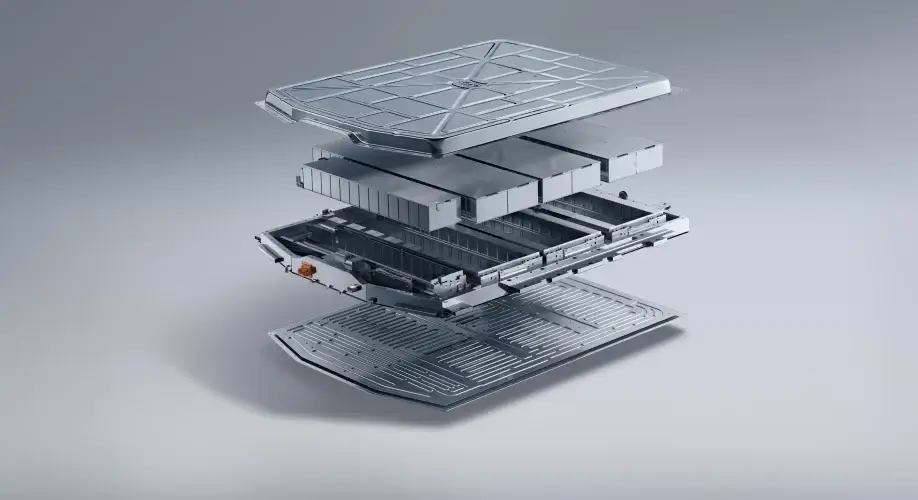
 Teknologi Canggih untuk Keselamatan Berkendara.webp)